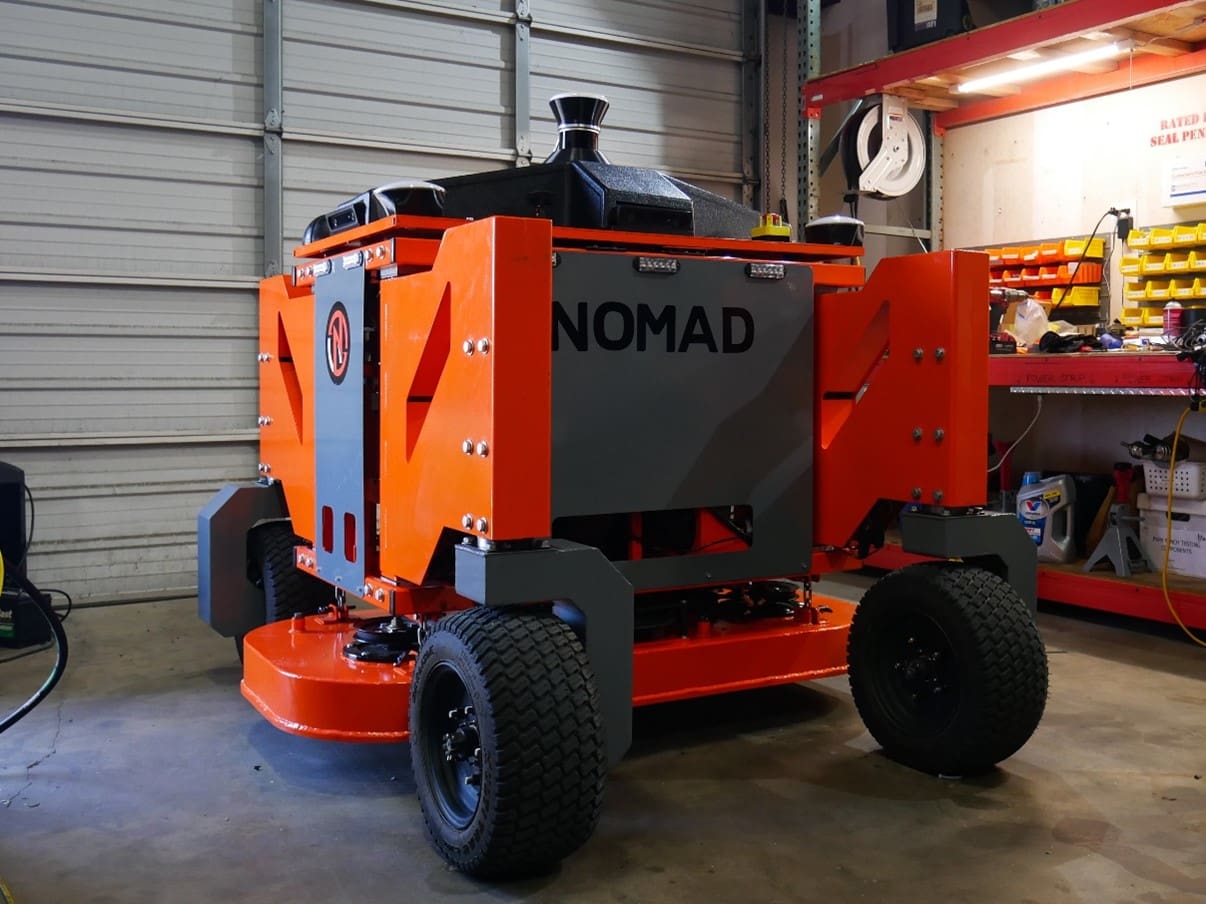
If commercial autonomous mowers are something that is likely a good fit for your operation, a major consideration that can impact which brand you choose is the pricing structure. Also depending on which model you choose to add to your fleet, the maintenance needs will vary as well.
Pricing Structures
ECHO
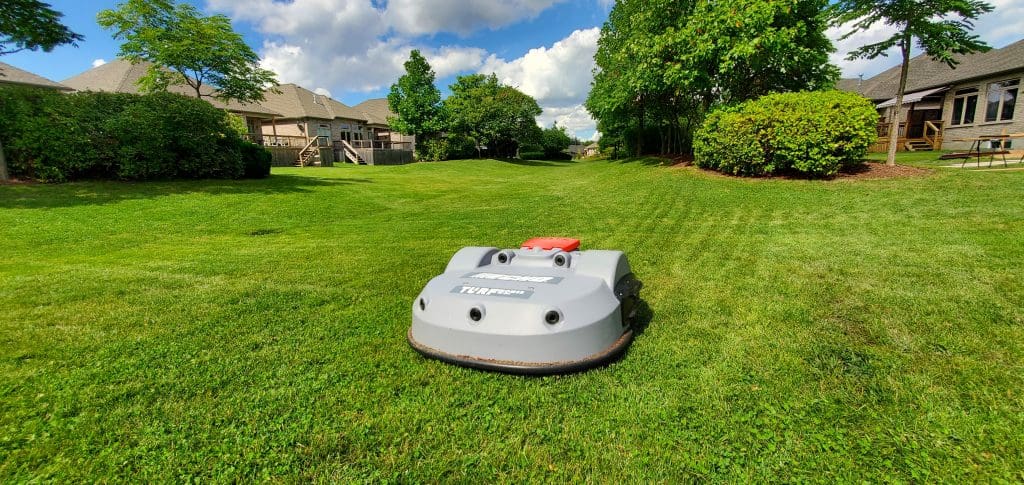
ECHO’s TurfMower series’ pricing depends on your specific needs. You can outline your industry, terrain, and square feet of turf you’re looking to automate in order to receive a quote.
“The current and future software and firmware updates are included in the base price of the unit in addition there is no monthly connectivity fee for the data plan all our products use on the given cellular network,” says Benjamin Houssa, vice president of robotics for ECHO, Inc.
Greenzie
Because Greenzie’s mowers are created through partnerships with various OEMs like Wright Manufacturing, Bobcat, Scag and Mean Green Mowers, landscape professionals purchase the mower through the dealer.
Charles Brian Quinn, co-founder and CEO of Greenzie, says these are more expensive models because it has robotic sensors and drive-by-wire systems. For instance, the MSRP for a Wright Manufacturing mower with Greenzie technology is $33,999. After purchasing, you can activate your robotic worker software, much like Sirius XM radio.
End users have several options when paying for the autonomous mowing software. They can choose to pay all upfront for the software for a year, or however many years they want, for $12,000 or they could pay monthly with a credit card on file. Quinn says some customers choose to pay seasonally, so they’re only paying for the months they are using the mowers.
Husqvarna
Husqvarna’s CEORA starter kit costs $32,829.94 and it includes a charging station, wheel brushes, cutting deck, reference station and drive unit. There are no monthly software costs associated with the use of a Husqvarna Automower.
Husqvarna also has to new options for commercial customers: Lease Plus and Service Plus. Cognizant of the budgeting and operational challenges golf and sports turf managers face with, these services make things easier for both leasers and purchases.
Lease Plus eliminates a substantial up-front investment and unpredictable maintenance costs by offering a fixed monthly price. Service Plus is tailored for those who prefer the conventional purchase route, offering a simplified repair and maintenance experience.
Scythe
Scythe chooses to offer ‘pay as you mow pricing.’ End users do not buy the machines; instead, they pay by the acres mowed.
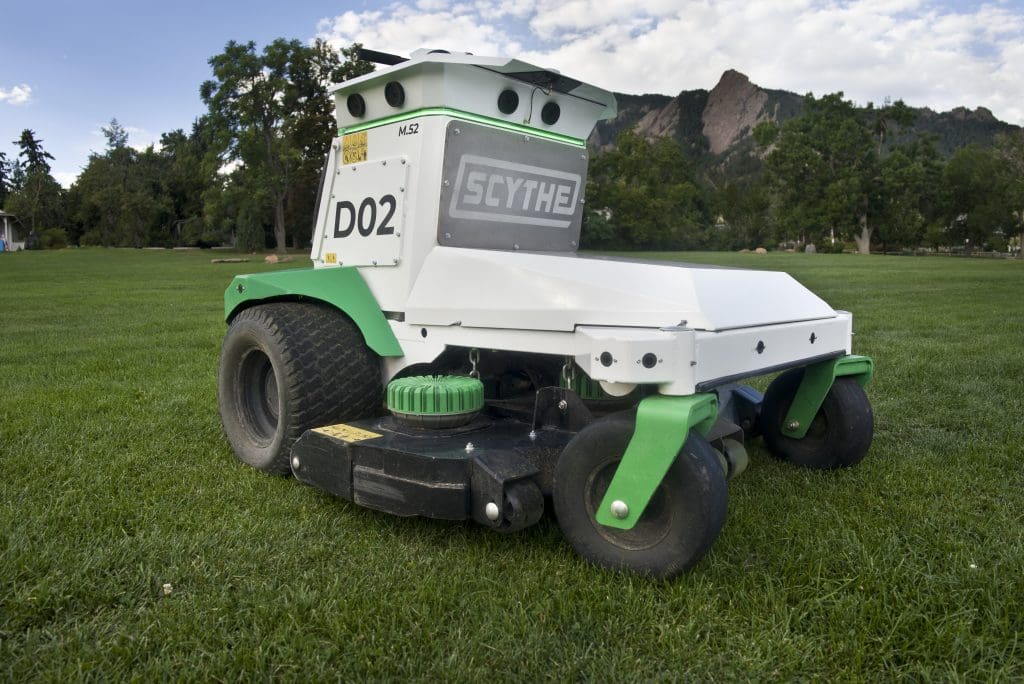
“They’re not paying for travel time between jobs; they’re not paying for when the mower is in the shop at night,” says Billy Otteman, director of marketing for Scythe. “It’s simply based off of the amount of acreage they’re using the machine to mow across their properties. So that price varies depending on the complexity of the property.”
Otteman says their customers save money compared to mowing with a manual machine and crews, so the Scythe mower allows them to mow more acreage and grow their business. In many cases, the landscapers they talk to could double the size of their business just based on existing contracts if they had more employees.
All of the properties are saved in the cloud so that data is shared across all the mowers a contractor uses in their fleet so if one was down for some reason, they could take a different Scythe mower to the property and it would still be able to mow that property without having to manually mark the perimeter again.
Zapt

Zapt is still beta testing their commercial autonomous mower, Nomad, but they plan to use a fixed monthly rental model where users can sign up for a 12-month rental. Keith Vickery, president of Zupt, LLC, the parent company of Zapt, says this will allow companies to test the technology without having to make a significant upfront investment.
Vickery says they do plan to roll out another model where the contractor is only paying for the months they are using the model, but it will cost more as the mower is still an asset Zapt has control of.
“We want the customer to basically end up with a productive tool that will allow members of their crew to do other stuff to allow them to generate more revenue, and they just want to know what it’s going to cost to add that productivity to the crew per month,” Vickery says.
There are no separate SaaS charges for Nomad currently, but Vickery says there are several operational expenses associated with the mower that will either be additional costs to the user or built into the monthly rental rate.
Maintenance and Software Updates
ECHO’s autonomous mower needs to be checked on at least weekly. Houssa says the weekly cleanings and inspections are paramount for successful operation. Changing the blades on a regular basis results in better cutting.
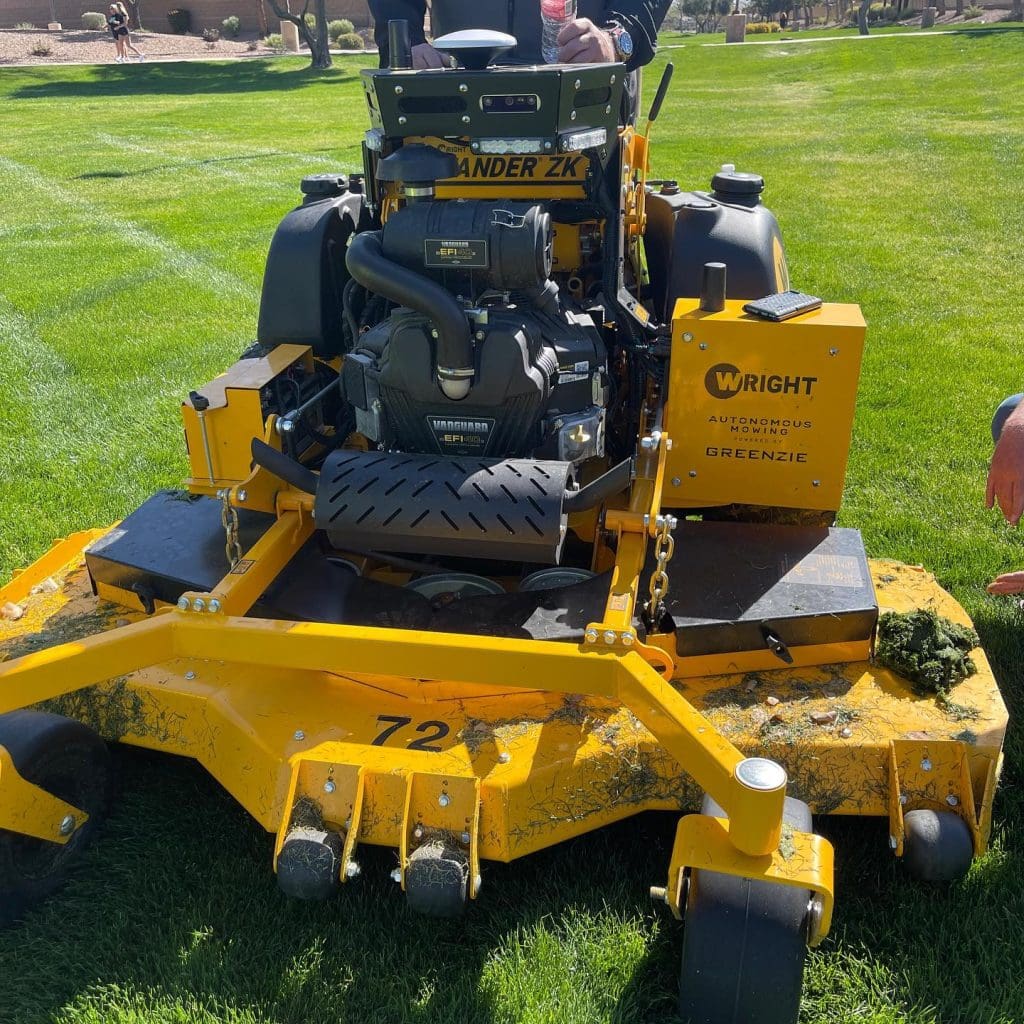
Quinn says aside from the normal maintenance that comes with the OEM model, Greenzie mowers just need the cameras wiped down regularly. He says the mower can be washed like normal as it is very water resistant.
“Customers pay us for the robotic worker and part of that robotic worker fee covers all the software, all the updates, but it also includes a B2B warranty on the Wright Stander ZK for all the robotic sensors,” Quinn says. “If these automotive grade, rugged, industrial cameras from Intel Robotics, if they were to break, we will replace them, no questions asked, and it’s done by a dealer.”
With their software, Greenzie knows how many autonomous versus manual hours are on the machine and they can detect problems with the throttle and can suggest certain preventative maintenance practices as well.
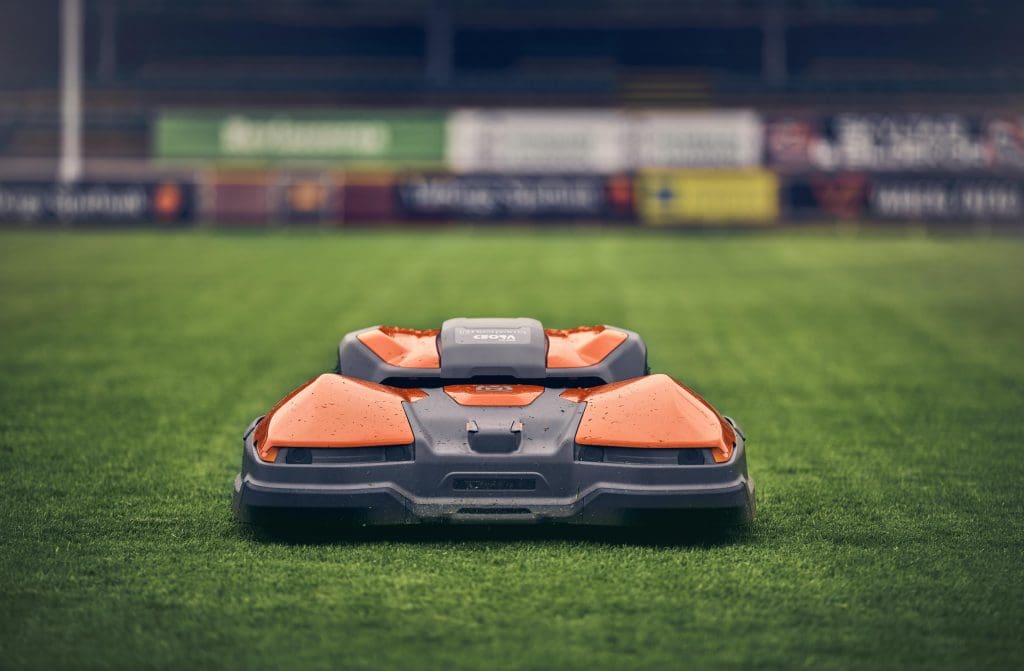
Husqvarna’s autonomous mowers are simple to care for, as dried-on clippings should be removed and the sensor wiped clean regularly. Jason Connor, director of commercial robotics for Husqvarna, says every four to six weeks the blades should be checked and replaced when needed. The robotic mower stays updated with the latest software via Firmware Over the Air (FOTA).
Because the Scythe mowers are electric, there are no filters, oil, belts or pulleys to replace. While the landscape professional is responsible for the remaining everyday maintenance tasks, like sharpening the blades and charging the battery, Scythe is responsible for supporting them in any other updates that need to be done.
They conduct software updates so the contractors have the most up-to-date machines running at all times. Scythe can diagnose any issues before the landscape crew even notices anything because they have in-depth data for the overall health of the machine.
“If something catastrophic is to happen, like the mower falls off a trailer or gets hit by a car, we would get that swapped out right away to be able to have the machine and the crew up and running as much as possible,” Otteman says. “Our objectives are aligned when we do our business model this way because we want our customers to mow as much as possible because we only succeed when they succeed. This business model really shows our commitment to their success.”
Zapt customers are responsible for regular maintenance, including checking to ensure the sensors are clean and undamaged. Hardware, software and firmware updates involving the sensor suite are handled by Zapt.
“Additionally, since Nomad is a leased product, we will ensure customers have the most up-to-date platform and sensor suite throughout each leasing period,” Vickery says.


